. I had an interesting letter from Kevin Cullen. I think you too might be interested in its content. Kevin has been kind enough to allow its publication and it is reproduced below.My reply to Kevin:Hi Kevin, Liked your letter and thank you for the nice words. The kudos however must go to Shay McGowan who wrote the essay - all I did was mess up the formatting attempting to get it to sit on the blog. May I publish your letter?? And if that is OK would you prefer anonymity or is it OK to credit you???Cheers,
I had an interesting letter from Kevin Cullen. I think you too might be interested in its content. Kevin has been kind enough to allow its publication and it is reproduced below.My reply to Kevin:Hi Kevin, Liked your letter and thank you for the nice words. The kudos however must go to Shay McGowan who wrote the essay - all I did was mess up the formatting attempting to get it to sit on the blog. May I publish your letter?? And if that is OK would you prefer anonymity or is it OK to credit you???Cheers,Dear
Woodpellet,
A good read in your
Wind Energy Intermittently and Grid Stability post on your blog.
I've been actively following the development of
redox batteries and the company that's pushing its commercialization, Vancouver-based
VRB Power, for the past four plus years. My
google alert bots dutifully brought your contribution to my attention.
Your title touts a salient point that few people still realize about renewable power sources like wind or solar -- it's
intermittentcy. Or as Alan Greenspan testified before Congress shortly after the August 2003 blackouts on the North American east coast,
"utilities are an industry without inventory."We can't effectively store
mass quantities of electricity. That fact, combined that the wind doesn't blow all the time or when she does, demand might be very low, wind power has had to be "backed up" with convention generation facilities. All of which cost money. And that spells a very low price for wind power electricity for the simple economics that a utility needs a constant and reliable source of electricity -- and will pay a higher price for it.
Nonetheless,
redox batteries -- for all their promise of a paradigm shift -- have
hithertofore, had a most torturous business path. If you followed the history of these batteries from the labs of
Skyllas-
Kazacos to Australia's Vanteck and now the incarnation of the patents at Canadian VRB Power, this is still a technology that keeps promising" but has yet to deliver -- at least in terms successful commercialization.
Even the now not so recent
Sorne Hill Wind Farm sale has yet to be commissioned -- and
VRB paid.
For all the "demo" units and trial sales, the jury is very much out on whether these batteries can be successful commercialized. Or is its deployment "cusp" that much longer than most investors can wait?
You closed your posted noting the recent vanadium bromide research being done by
Skyllas-
Kazocos. You may wish to note that the former UK company
Regenesys also pioneered a similar
polysulfide-bromine chemistry now called the
RGN-
ESS. Except for the chemical composition of the two electrolytes, this flow battery exactly resembles the vanadium
redox battery. Indeed, in a design commissioned by the Tennessee Valley Authority, a
Regenesys system was slated to provide up to 12 MW of power output for hours at a time in batteries that were targeting huge electrical storage situations.
That project was never completed even though the storage tanks were constructed. Last I heard, the
RGN-
ESS suffers from cross-contamination of the two solutions across the membrane, giving the chemical solutions limited lifetime in use. As well, periodic maintenance is required to unblock the membranes. However, compared to a
VRB-
ESS, the
RGN-
ESS is capable of generating power at much lower cost. And much higher quantities.
Rengensys is gone, it patents now be licensed by
VRB Power it a deal with the German utility
REW. It's technology is still under development.
A couple of
Phd tech type analysts have been championing this technology. Jonathan
Hykawy penned this:
"An efficient storage technology for large amounts of electrical energy provides the basis for a complete change in the thinking surrounding power generation and use. Yet this same technology can be applied today to cost-effectively solve some existing problems.
VRB-ESS takes the solution into the scale of small power generators and individual users, while RGN-ESS has the potential to turn the power industry upside down. The result would be a world in which hydroelectricity and other Kyoto-friendly technologies (wind, nuclear, etc.) can be allowed to dominate the power generation landscape. If recent work on scenarios regarding the impact of greenhouse gases on our weather are correct, such a change may prove to be far more valuable than the simple economics of selling VRB-ESS or RGN-ESS systems would suggest.
We are confident that the technology developed by VRB Power is capable of being sold on an economic basis to motivated customers. We are confident that VRB Power has an attractive product ready for sale and has started to form the relationships necessary to successfully bring this product to the market. And, we are also confident that the future uses for both the VRB-ESS and the RGN-ESS hold even greater promise for investors."Hykawy wrote that in March of 2005...with his "strong buy" recommendation.
And then there's
MacMurray Whale -- touted by one newsletter writer as one of the best alternative energy analyst in N. America -- who recommended the company in March 2006. A copy of his (and
Hykawy's) reports are attached.
By now you may be concluding that I'm bit cynical of the promise of vanadium
redox's batteries. You would not be correct. What I am is much more cognizant that building a successful mousetrap is NOT the same thing as successfully commercializing it. That takes a lot, lot more time than most realize. Or longer than most investors can wait.
Indeed, if your reading this note on a PC, you may be interested in knowing that Windows 3.0 took over 8 years before an Microsoft graphic user interface start to sell in the market. And that was after a proven implementation of the GUI (called the Macintosh) was already out there.
Yes,
vandium redox do hold tremendous "game changing" promise. Just don't say "holy grail." For that, I'll read Dan Brown.
Frazzled in Bangkok,
Kevin Cullen
.


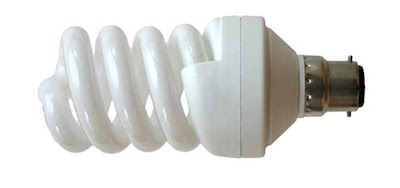






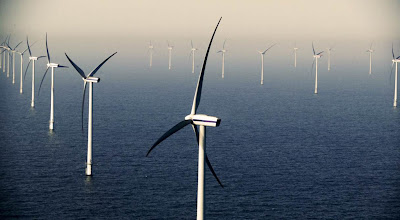



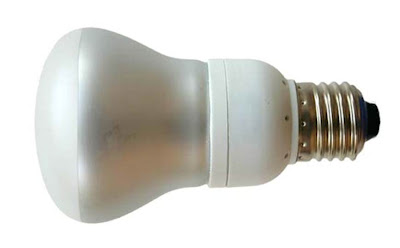


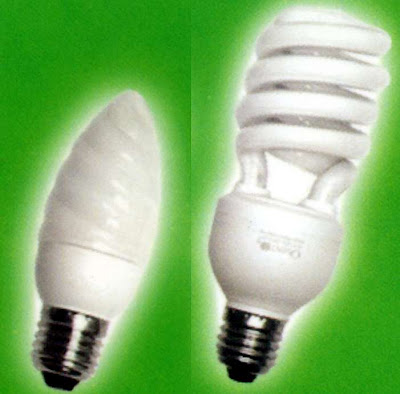

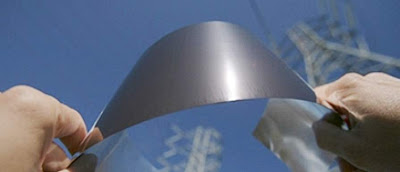
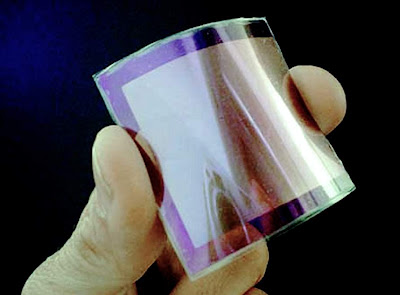


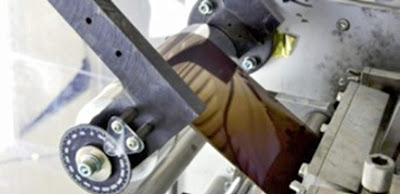


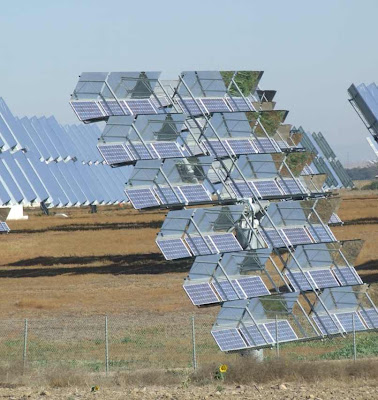
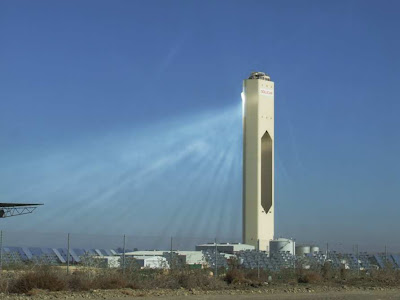






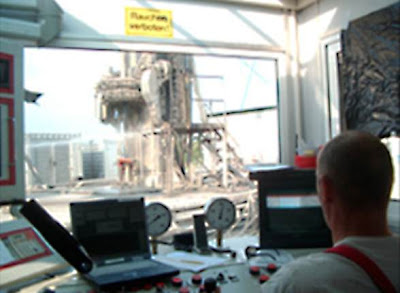
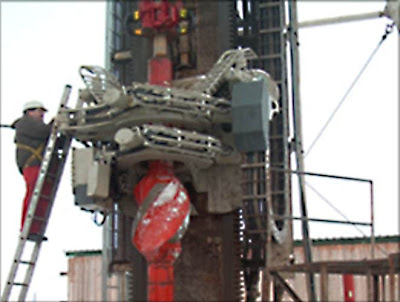
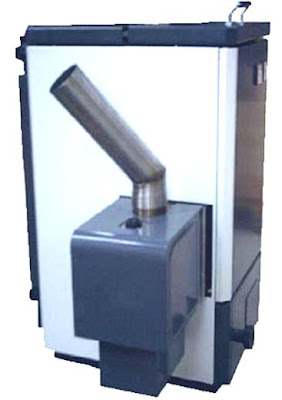


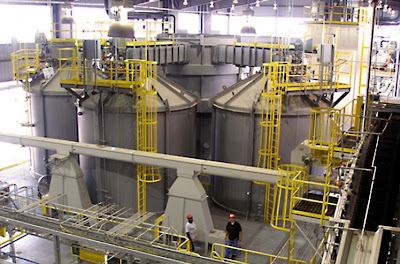
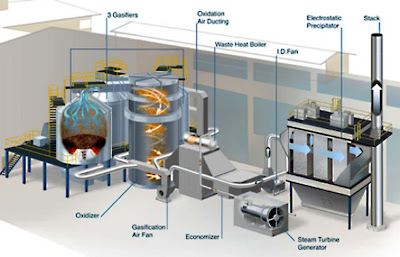
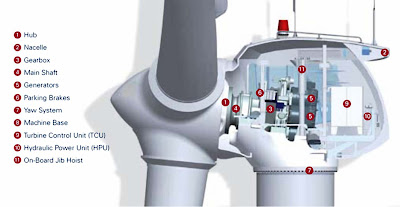






Sure, you can heat a room with low amounts of power... with certain assumptions. They haven't said anything about the room itself: well-insulated? The amount of heat lost through the walls and ceiling are central to this question. I think they're also assuming that no-one ever enters or leaves the room...